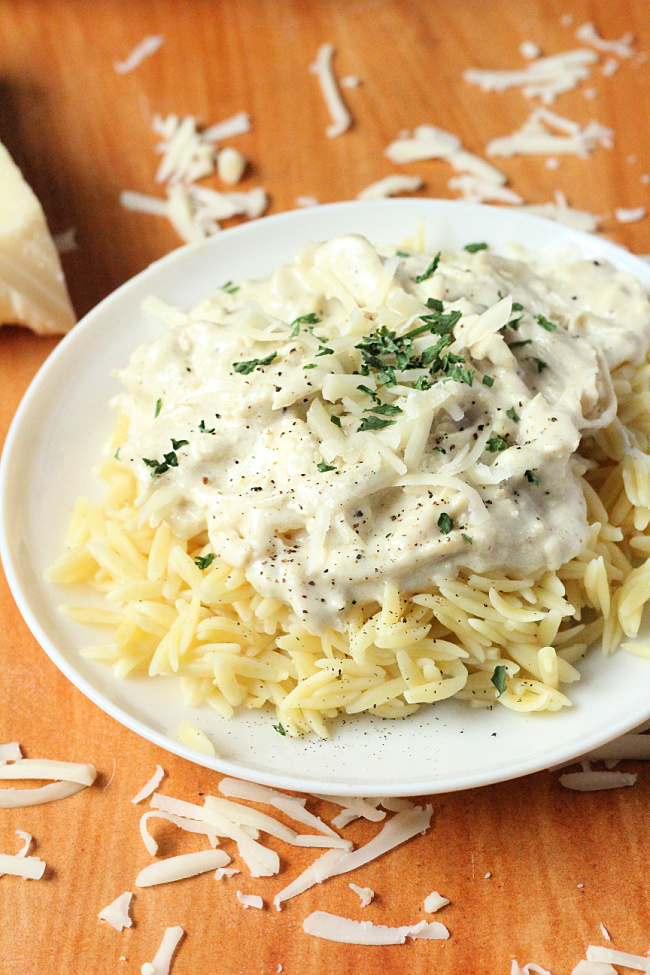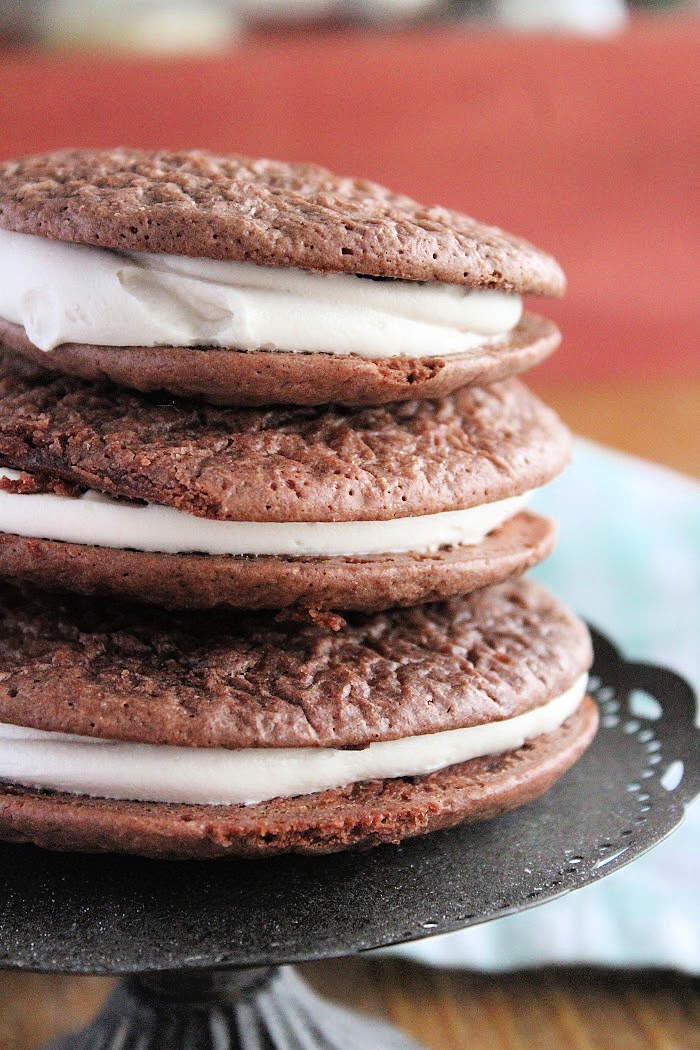12 Comfort Foods That Taste Even Better the Next Day
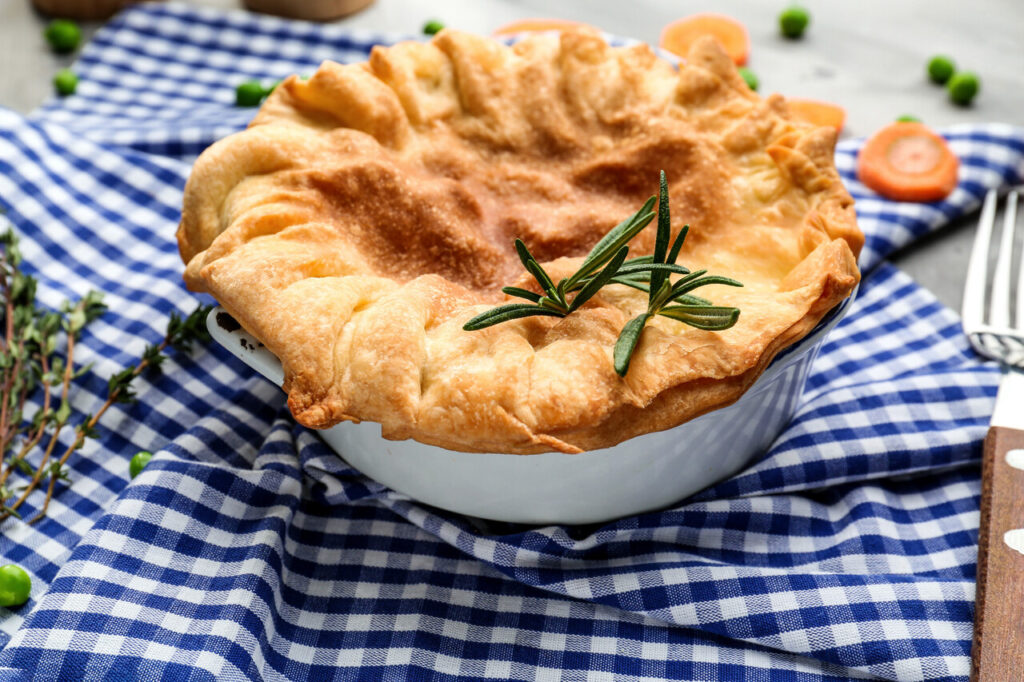
There’s something magical about comfort foods that taste even better the next day. Time has a way of deepening flavors, letting sauces thicken, spices mingle, and textures settle into something even more satisfying. It’s why leftovers often feel like a reward rather than a repeat meal. From slow-simmered stews to baked pasta dripping with cheese, these dishes transform overnight into rich, hearty bites that deliver warmth in every forkful. Here’s a look at the ones worth savoring twice.
1. Lasagna
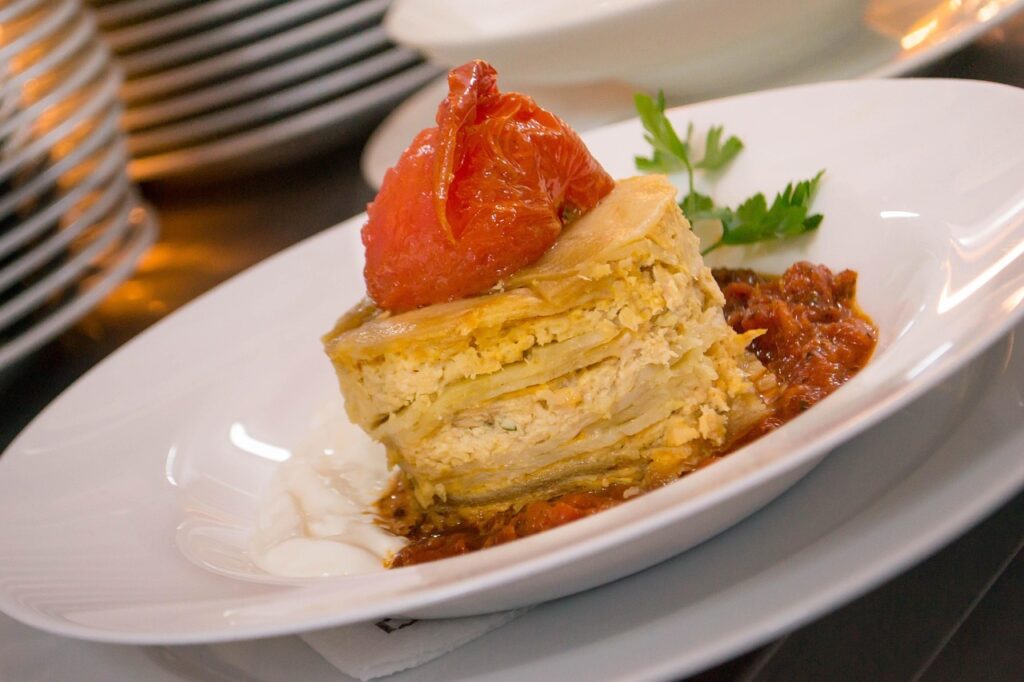
Here’s the thing about lasagna: flavors marry in the oven and get even friendlier overnight. As it cools, the tomato sauce soaks fully into the pasta sheets, and the cheeses settle into a unified, silky strata. Texture softens without turning mushy when stored correctly, which lets the herbs and slow-cooked meat or vegetables become more pronounced. Reheating gently, covered in a low oven or wrapped and warmed, reinvigorates the top while keeping the interior moist. A brief bake at 350°F brings back the just-made mouthfeel while concentrating aromatics, which is why lasagna often tastes deeper and more cohesive the next day.
2. Chili
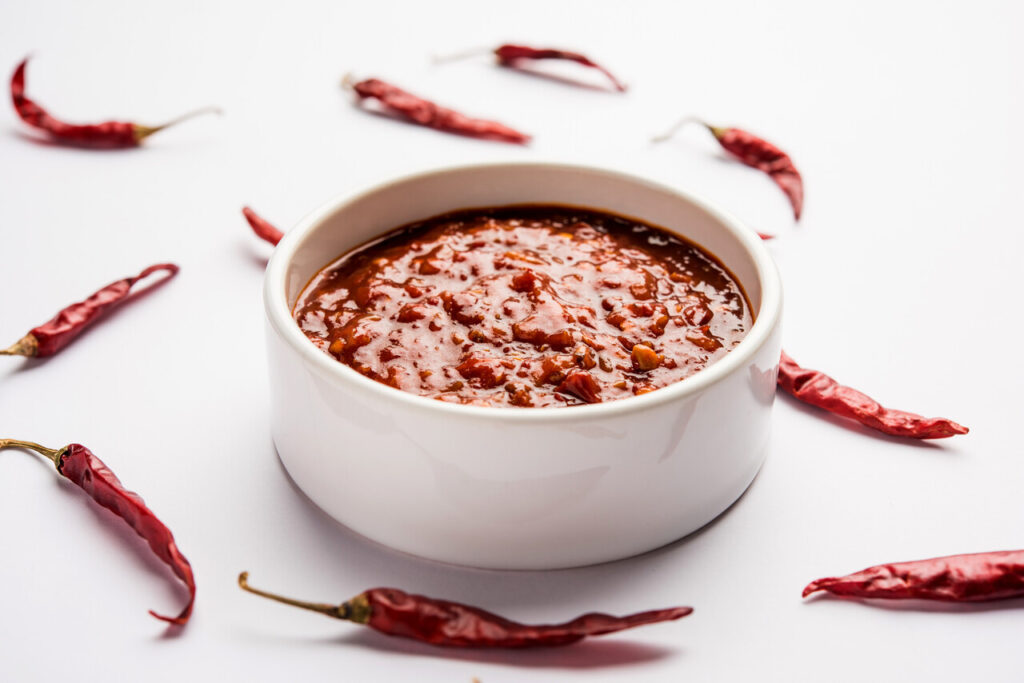
What this really means is low-and-slow depth: beans, meat, and spices continue to mingle after cooking stops. Overnight rest softens tannins from tomatoes, allows meat fibers to relax, and gives chili’s spice blend time to round out, so heat feels more balanced and flavor notes that were sharp at first become savory and layered. Reheat over gentle heat, adding a splash of stock if needed to loosen thickened chili. A short simmer wakes up aromatics without breaking down beans. Proper refrigeration in an airtight container prevents off-flavors and preserves the long, braised taste that makes chili such a reliable leftover winner.
3. Beef Stew
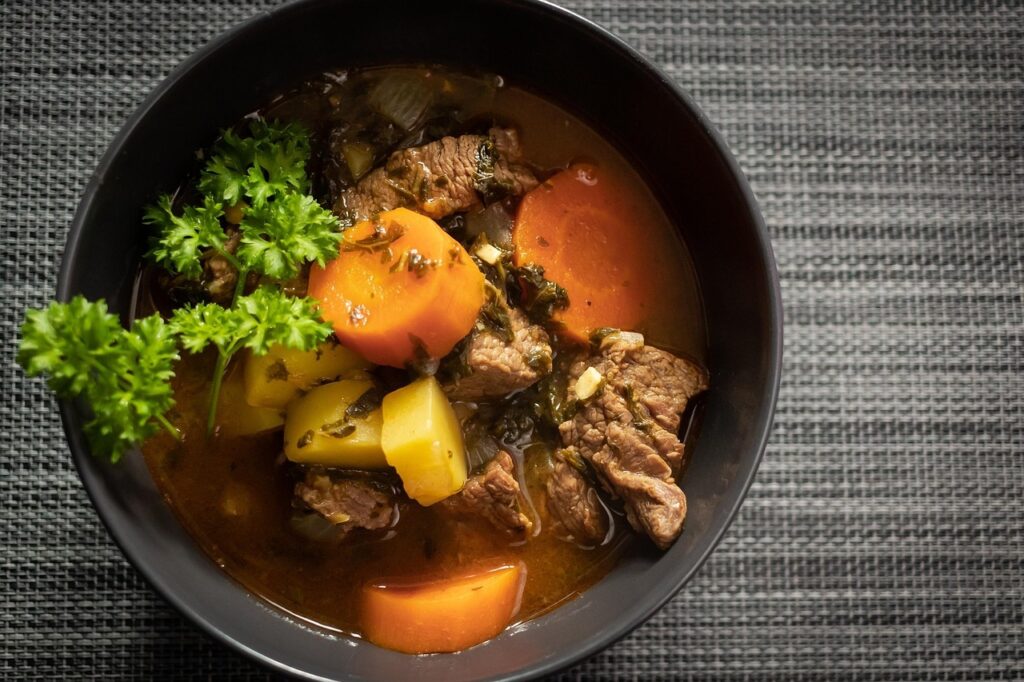
Let the stew sit and the collagen does the work for you: connective tissue breaks down into gelatin that thickens the cooking liquid and gives the stew a silky body. That gelatin sets as the dish cools, trapping flavor and yielding a richer mouthfeel after chilling. Vegetables and meat absorb seasonings more completely, and subtle background notes emerge that were subdued on day one. Reheat slowly so the gelatin loosens and the stew returns to spoonable silk. If the stew is too thick after cold storage, add hot water or broth in measured amounts and simmer briefly to restore the right consistency.
4. Mac and Cheese
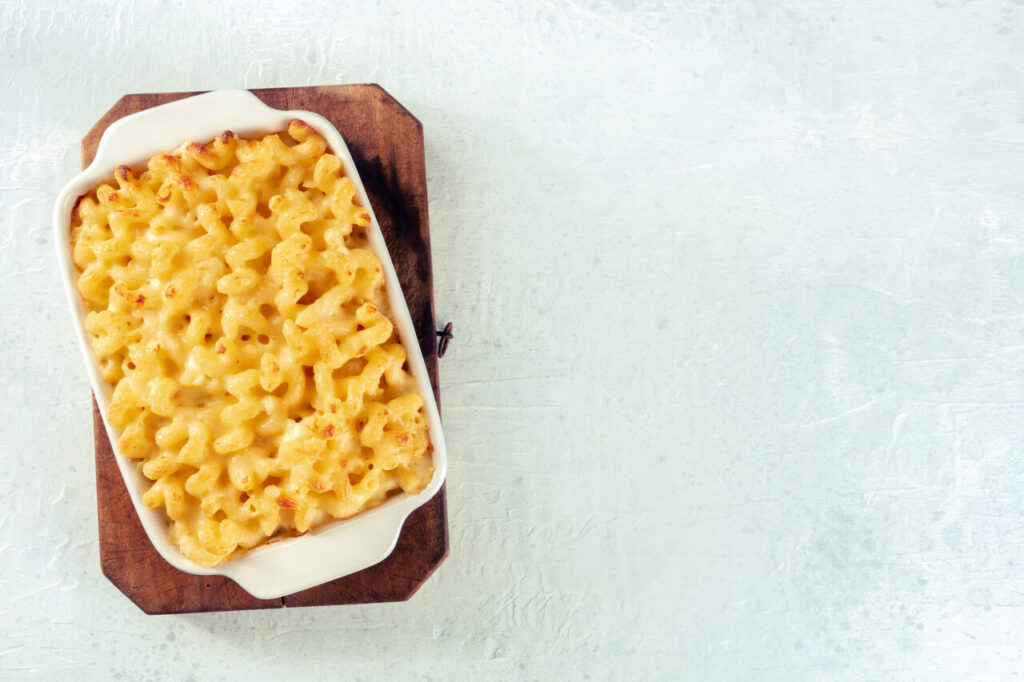
Start with a sturdy cheese sauce, and it will reward you the next day. As macaroni sits, the pasta relaxes and absorbs sauce, which concentrates the cheese flavor and creates a creamier, more cohesive bite. A custardy sauce, made with a roux and tempered milk or cream, resists separation better than a quick cheese melt, so the texture improves in the fridge. Reheat gently over low heat with a splash of milk or cream and stir to reincorporate. For a crisp finish, top with breadcrumbs and broil or bake briefly; the contrast between crunchy top and creamy interior is often more satisfying after resting.
5. Meatloaf
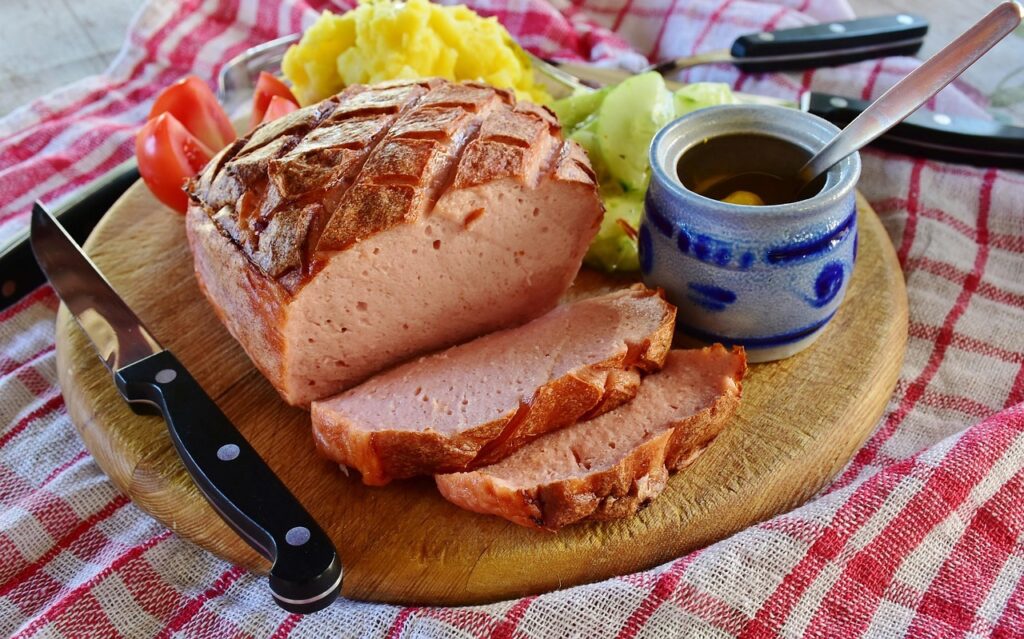
Here’s the advantage of making meatloaf ahead: rest firms the slice so it holds together cleanly, and binders like eggs and breadcrumbs settle, keeping juices in rather than escaping on the plate. The seasoning permeates to the center, not just the exterior, which makes every bite consistent. Glazes often deepen overnight, marrying with meat juices to create a glossy, balanced finish. Warm slices slowly in a covered pan with a touch of stock to prevent drying. Leftovers also excel cold on sandwiches because the texture is firmer and the flavors are more integrated.
6. Curry

Curry is a festival of spices that literally needs time to harmonize. Complex spice blends, whether powder, paste, or whole spices, release essential oils that continue to infuse the sauce after cooking stops, smoothing rough edges and softening heat. Proteins and vegetables soak up flavor, and thickened coconut- or yogurt-based sauces meld into a cohesive gravy. Reheat gently to avoid breaking cream- or dairy-based curries; for coconut-milk versions, simmer slowly to reincorporate separated fats. A quick squeeze of fresh acid or an herb garnish brightens a next-day curry without undoing the matured depth that develops overnight.
7. Shepherd’s Pie
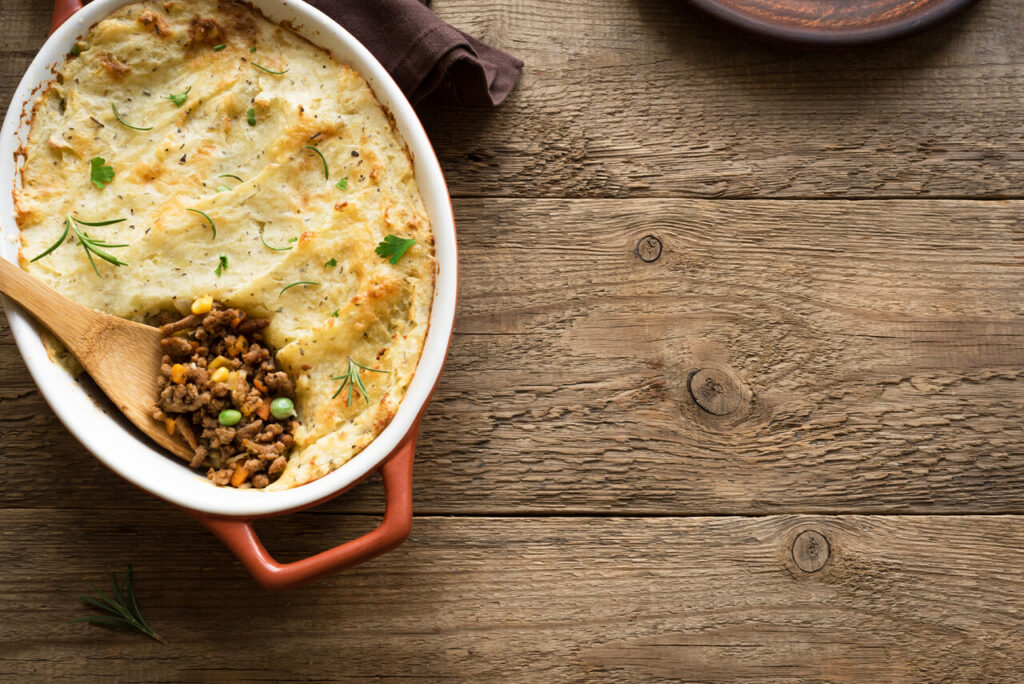
What cooks love about shepherd’s pie the day after is cohesion: the meat ragout and mashed potato cap truly become one layered casserole. The filling firms slightly as it cools, which concentrates savory flavors, and the mashed potato lid benefits from resting, gaining a denser, creamier texture that holds up to reheating. Reheat in an oven to revive the crisp edges and to warm the filling evenly; cover loosely for most of the time, then remove for a final few minutes to re-crisp the topping. The structure you get after refrigeration makes for neater slices and more balanced bites.
8. Pot Roast
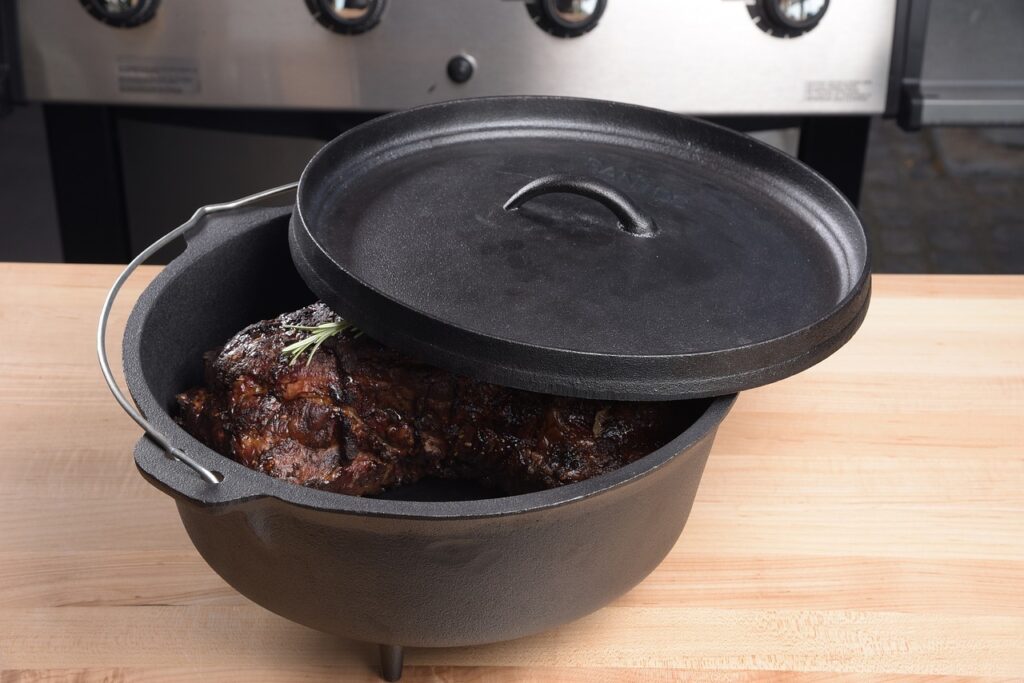
Let collagen and connective tissue do the heavy lifting overnight. Pot roast flavors deepen as the braising liquid cools and the fat redistributes, which yields a juicier slice when reheated. Aromatics and herbs become less assertive in a blunt way and instead contribute rounded, savory background notes. Thin the reheating liquid to taste if it congeals too much, then warm gently to preserve tenderness. For service, slice against the grain and spoon reduced braising liquid over the meat. The next-day pot roast often tastes as if it cooked longer, simply because the components had time to marry.
9. Casseroles (general)
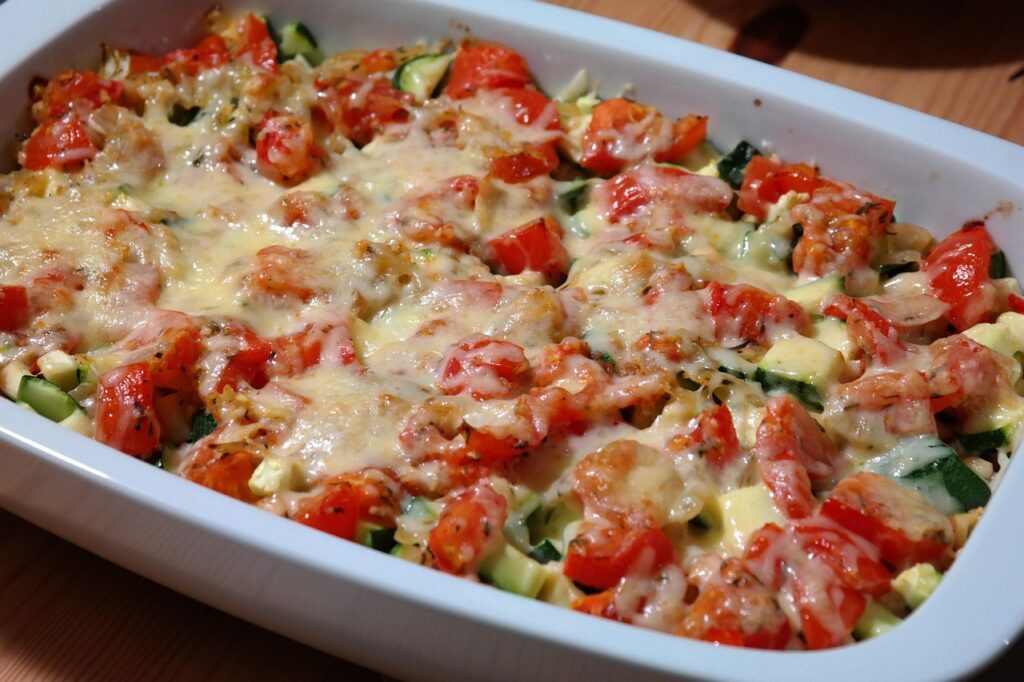
Casseroles gain cohesion as starches, proteins, and sauces intermingle and settle, which produces fused textures and amplified flavor pockets. Whether grain-based, pasta-rich, or vegetable-forward, the overnight rest allows moisture to redistribute so the dish is less about separate components and more about unified comfort. Reheat covered to avoid drying, then uncover for a few minutes if you want surfaces browned again. If the top stiffens, a splash of stock or a scatter of cheese brings it back to life. For make-ahead planning, many casseroles actually perform better when allowed to rest and be reheated, saving oven time and improving depth.
10. Baked Ziti
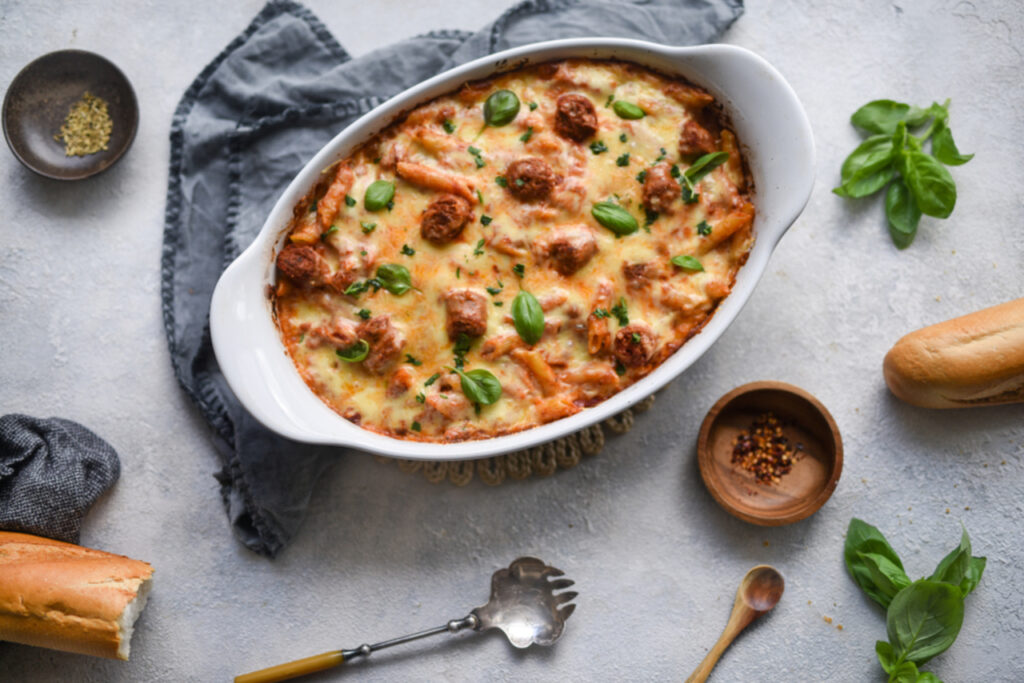
Baked ziti tightens into a comforting, cohesive bake after cooling: pasta absorbs sauce and cheeses knit into a creamy, elastic matrix that tastes richer on day two. Tomato flavors mellow and flecks of herb and garlic distribute evenly, transforming the initial sharpness into a rounded, savory profile. Reheat under foil to start, then remove coverage briefly so the top refreshes and cheese bubbles. Add a splash of sauce if the bake feels dry. The next-day texture often reads more deliberate and less rushed, which is why ziti is a reliable leftover for feeding a group with minimal fuss.
11. Chicken Pot Pie
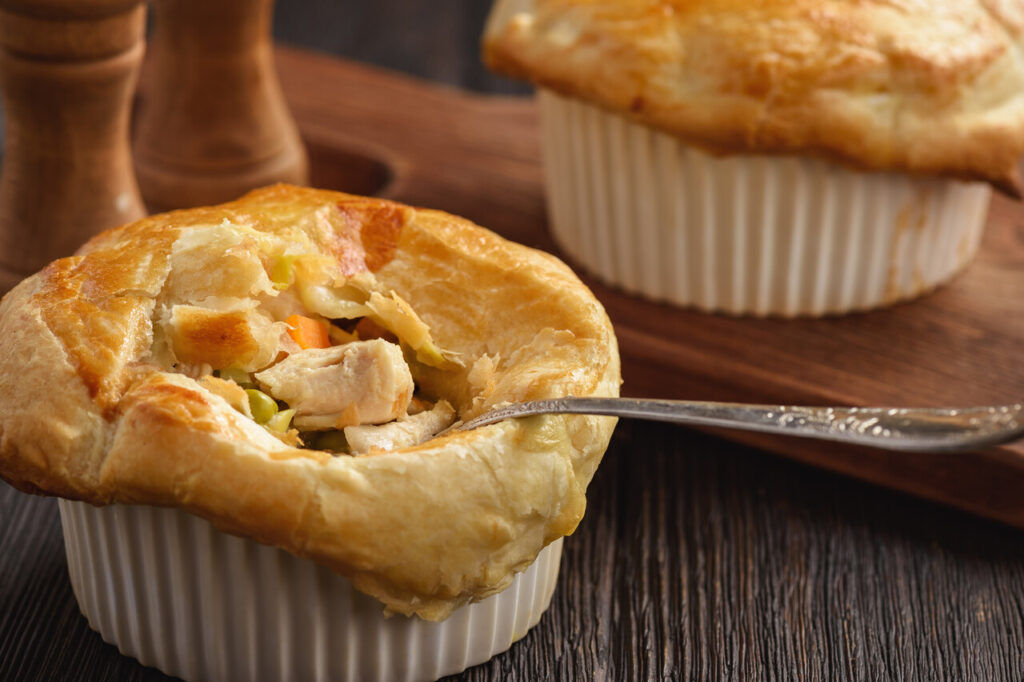
Here’s the payoff of chilling: the filling firms and the crust rests into a satisfyingly crisp shell once warmed. Refrigeration lets filling flavors concentrate and the gravy thicken naturally, producing a deeper, more balanced interior. Reheat in an oven to ensure the crust regains flakiness while the interior steams through evenly; microwaving tends to make the pastry soggy. If you’re individual-serving reheating, cover the edges of the crust to prevent over-browning while the center comes up to temperature. The overall result often feels more composed than a freshly hurried pie.
12. Stuffed Peppers
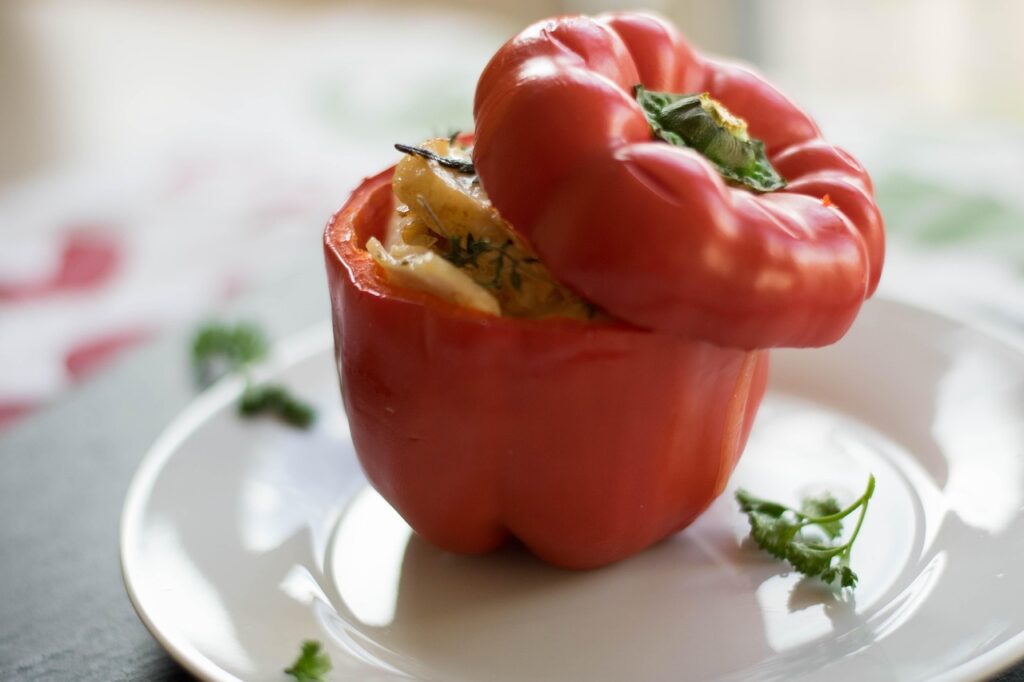
What improves in stuffed peppers overnight is integration: rice, meat, or beans soak up tomato juices and seasoning, and peppers become slightly tender without falling apart. The filling firms, which make clean serving easier and concentrate flavor so each mouthful reads as a balanced composition, not a scattering of parts. Reheat covered to preserve moisture, then uncover briefly to encourage the pepper skins to caramelize lightly. A final sprinkle of fresh herbs or a squeeze of lemon brightens the reheated dish. Leftover stuffed peppers often display a depth and harmony that the freshly-cooked version lacks.
